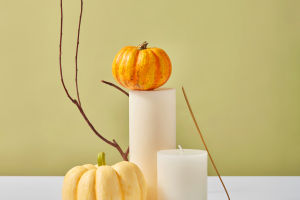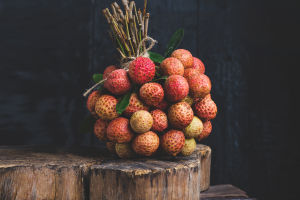Few desserts capture the essence of culinary artistry and indulgence as perfectly as jalebi. This traditional sweet treat, with its vibrant orange hue and mesmerizing spiral shape, is a beloved favorite across South Asia and beyond.
Dear Lykkers! Let's take you on a journey through the delectable world of jalebi, exploring its history, preparation, cultural significance, and where to find the best jalebi at reasonable prices.
The Origins of Jalebi
Jalebi’s history is as rich and intricate as its sugary coils. Believed to have originated in Persia (where it was known as “zalabiya”), the dessert made its way to the Indian subcontinent centuries ago. Over time, it has become an integral part of festive celebrations and street food culture in countries like India, Bangladesh and Nepal.
The Art of Making Jalebi
Creating perfect jalebi is both an art and a science. The process begins with preparing a batter made from all-purpose flour, yogurt, and a pinch of baking soda. This batter is then fermented for several hours, allowing it to develop a slight tanginess that balances the sweetness of the final product.
Once the batter is ready, it’s transferred into a squeeze bottle or piping bag with a small nozzle. The batter is then carefully piped into hot oil in concentric circles, creating the iconic spiral shapes. Frying the jalebi requires precision; the spirals must be golden and crisp without being too dark.
After frying, the jalebi are immediately immersed in a warm sugar syrup flavored with saffron, cardamom, and sometimes a hint of rose water. The syrup infuses the jalebi with sweetness, giving them a glossy sheen and a delightful stickiness that is simply irresistible.
Tasting Jalebi: A Sensory Experience
Biting into a piece of freshly made jalebi is a sensory delight. The outer layer is crisp and caramelized, giving way to a soft, syrup-soaked interior. The interplay of textures is complemented by the flavors of the sugar syrup, which can range from lightly fragrant to intensely aromatic, depending on the spices used.
Jalebi in Culture and Celebrations
Jalebi holds a special place in South Asian culture. It is a staple at festivals, where its vibrant color and sweet flavor symbolize joy and celebration. In many households, jalebi is enjoyed as a breakfast treat, often paired with a glass of warm milk or a cup of chai.
In the streets, jalebi vendors, known as halwais, set up shop early in the morning, frying batch after batch to meet the demand of eager customers. The sight and sound of jalebi being fried is a familiar and comforting one, evoking memories of family gatherings and festive occasions.
Where to Find the Best Jalebi
Here are a few places that stand out:
Old Delhi, India: The narrow lanes of Chandni Chowk are home to some of the best jalebi shops in the world. Try the legendary “Old Famous Jalebi Wala” for a truly authentic experience. A plate of jalebi here costs around ₹50-₹100 ($0.70-$1.40).
Dhaka, Bangladesh: The bustling streets of Dhaka offer an array of jalebi vendors. Be sure to visit the local markets for a taste of this sweet delight. A portion of jalebi typically costs about ৳20-৳50 ($0.20-$0.60).
Lahore: In Lahore, the Gawalmandi Food Street is famous for its array of traditional foods, including mouth-watering jalebi. Prices here range from PKR 50-100 ($0.30-$0.60) per serving.
Jalebi is more than just a dessert; it’s a culinary tradition that has been passed down through generations. Its intricate preparation, delightful taste, and cultural significance make it a true gem in the world of sweets.
Whether you’re savoring it at a festive celebration or enjoying it as a street food treat, jalebi never fails to enchant and satisfy. So next time you come across these golden spirals, take a moment to appreciate the rich history and craftsmanship that goes into every bite.


